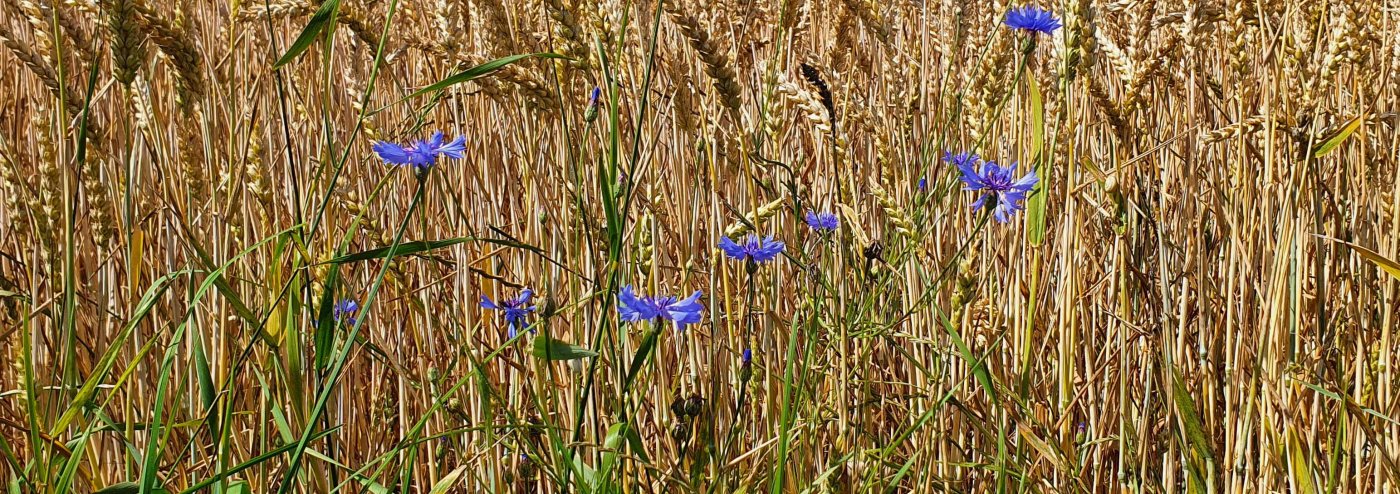
Estimation of Cover Crop Impacts on Global Croplands
Team members Jianyong Ma, Almut Arneth, Peter Anthoni, Sam Rabin, and Anita Bayer published an article in Earth’s Future assessing the global influence of cover crops on yields and cropland carbon and nitrogen balance with the Dynamic Global Vegetation Model, LPJ-GUESS.
Increasing crop productivity while maintaining a healthy environment is a major challenge for global agriculture. Cover crops, mostly grown during the fallow period and plowed into in soils, are expected to improve soil fertility and crop yields while reducing chemical fertilizer use, but their overall impacts on global croplands remain unknown. This study investigates the long-term influence of cover cropping on three ecosystem service indicators across four dominant farming systems (wheat, maize, rice, and soybean). Results show that adoption of cover crops can enhance soil carbon stocks, which would contribute to slowing climate change, and benefit environments through reducing nitrogen pollution to water bodies. Among the modelled cover crop species, legumes show higher potential in increasing cash crop yields than non-legumes, but the effect is highly dependent on the crop rotation, chemical fertilizer rate, and management duration. These results highlight that proper implementation of legume cover crops can support food security and environmental sustainability in global agricultural ecosystems.
All the details can be found in the published paper: https://agupubs.onlinelibrary.wiley.com/doi/full/10.1029/2022EF003142